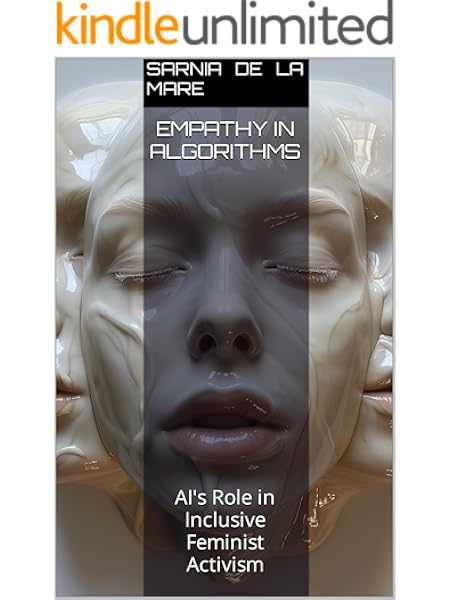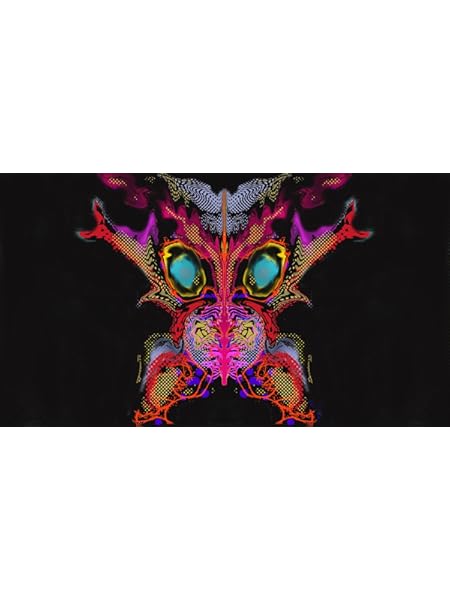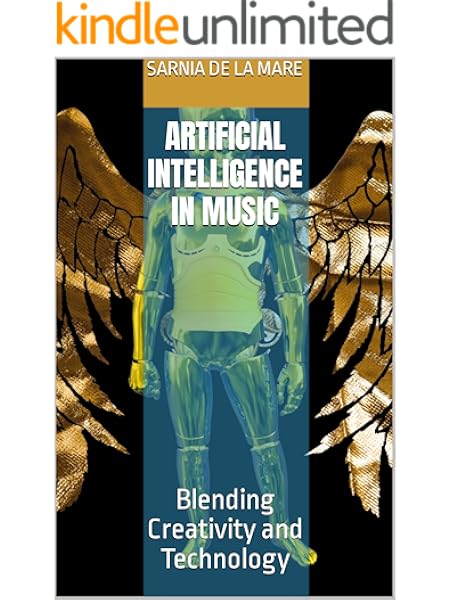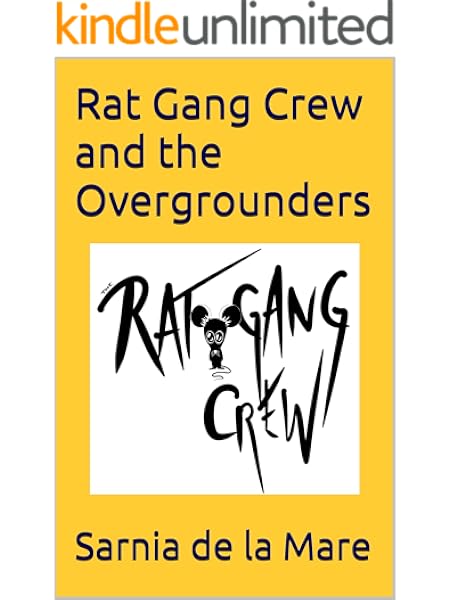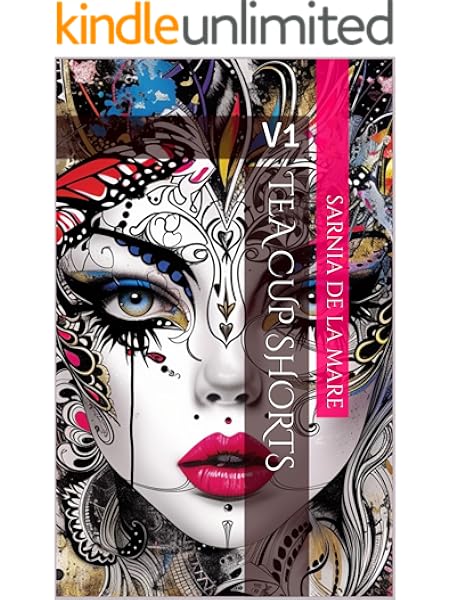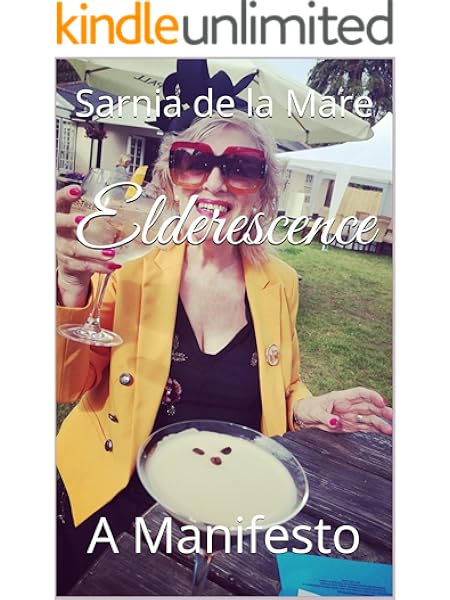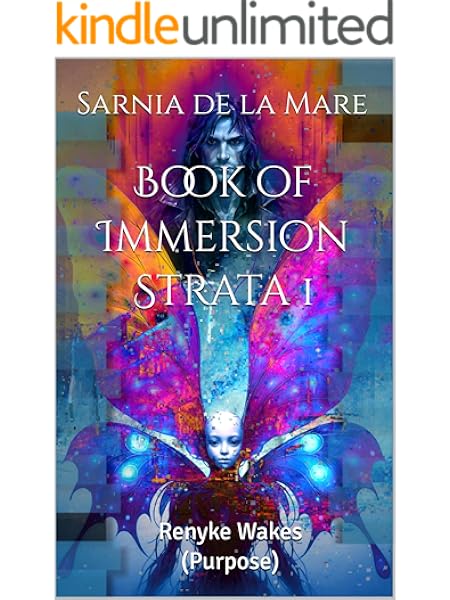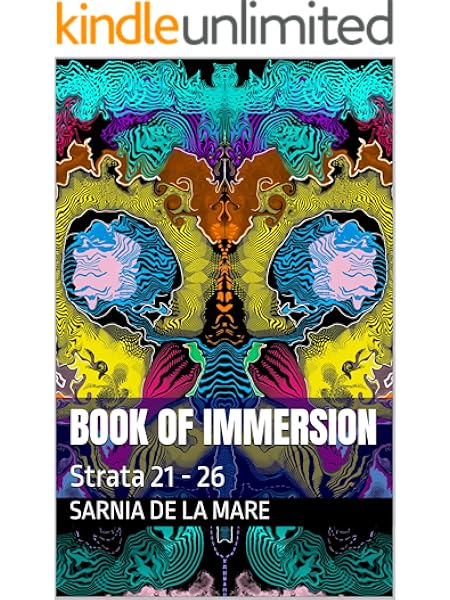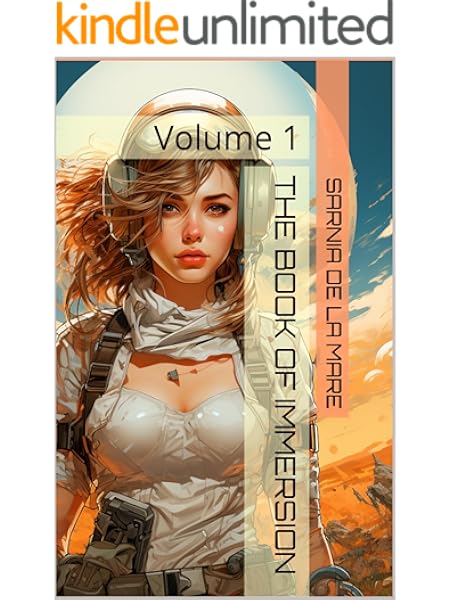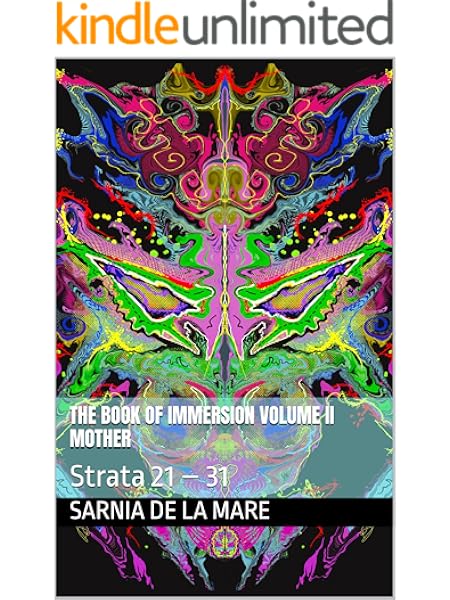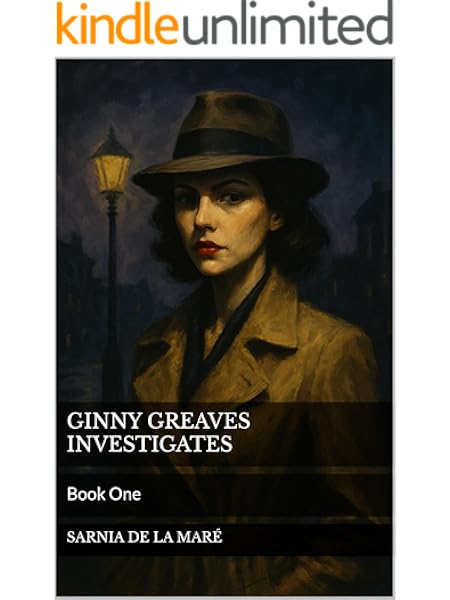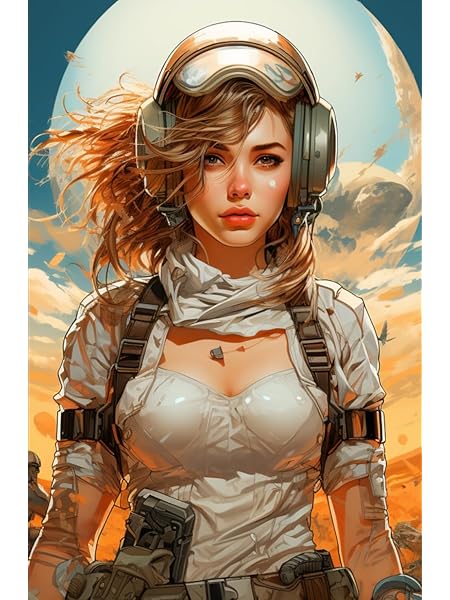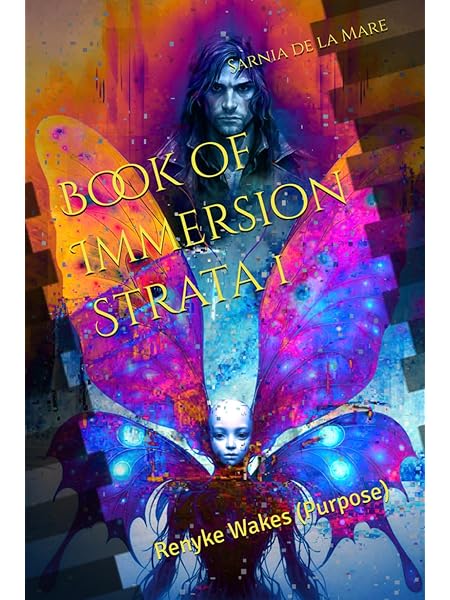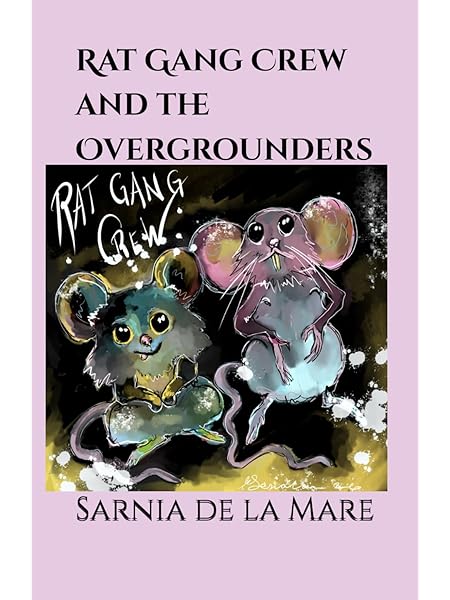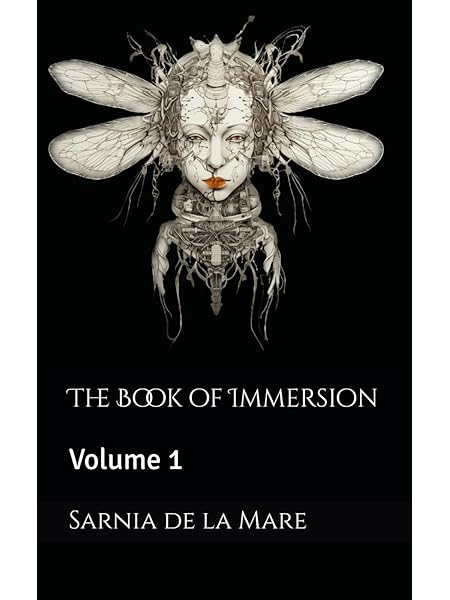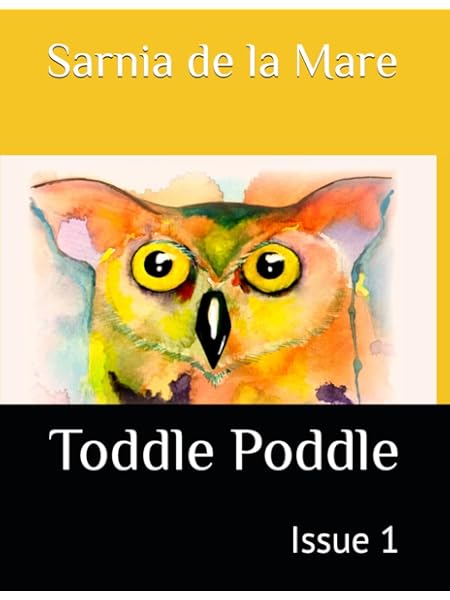Neurodiverse Creativity: Thinking in Patterns, Not Lines
Neurodiversity is often described as difference, but to me it feels like depth. It’s not about deviation from a norm — it’s about seeing the norm from multiple angles at once. Neurodiverse creativity is panoramic. It takes in the edges that linear minds miss.
For years, education and industry have treated these minds as anomalies to be managed. But look closely at any revolution in art or science, and you’ll find a pattern-seer — someone whose perception refused to fit the grid. The creative breakthroughs of the next century will come not from conformity, but from cognitive variety.
The Pattern Way of Seeing
I think in structures, not sentences. In my mind, ideas arrive as maps, shapes, rhythms. This is common among neurodivergent creators. We don’t necessarily follow the thread of logic — we sense the weave of connection.
It’s why a musician might visualise sound, or an artist might think in code. Neurodiverse creativity is often synesthetic: one sense blurs into another until meaning becomes multi-dimensional. It’s a way of translating the invisible.
To think in patterns is to understand that creativity isn’t a straight line from problem to solution; it’s a constellation. The challenge isn’t to “normalise” that patterning, but to cultivate it — to teach the world to read in spirals instead of rows.
Reclaiming Focus
When we talk about neurodivergence, we talk too much about distraction and not enough about fascination. The capacity to hyperfocus is not a flaw; it’s an artistic superpower. In the right environment, focus becomes immersion, and immersion becomes mastery.
The secret is to design creative systems that don’t punish depth. Our workplaces and schools reward multi-tasking and quick answers, but great art — and great science — require the opposite. They require obsession. They require the kind of sustained curiosity that many neurodivergent people possess naturally.
When the world calls you “too much,” what it often means is “too focused for comfort.” But comfort rarely creates anything new.
The Gift of Difference
Difference is data. Every unconventional perception is information about how reality can be interpreted. Diversity of thought is not a modern trend; it’s an evolutionary advantage.
Neurodivergent artists expand the language of creativity because they sense textures others don’t. A dyslexic writer might break grammar into rhythm. An autistic composer might translate sensory detail into sound architecture. An ADHDer might reinvent storytelling because linearity simply can’t hold their imagination.
These are not deficits. They are dialects of genius.
Building a World That Fits the Mind
We often tell neurodiverse creators to adapt to the system. But what if the system adapted to them? Imagine studios that honour silence, classrooms that welcome stimming, workplaces that value passion over punctuality. Imagine a world that measures output not by uniformity but by originality.
The future of creativity depends on inclusion — not as charity, but as strategy. The more cognitive diversity we embrace, the more complete our collective imagination becomes.
Practical Alchemy
Harnessing neurodiverse creativity is not about therapy; it’s about translation. Learn your own pattern language. What calms you? What overstimulates you? What triggers your flow state? Build your practice around those rhythms instead of fighting them.
- Design sensory balance. Soft light, texture, sound — curate your environment as carefully as your canvas.
- Chunk and pulse. Work in sprints that mirror your focus cycle; rest deliberately between bursts.
- Externalise memory. Let notebooks, whiteboards, and apps carry the linear tasks so your mind can stay associative.
- Find fellow pattern-thinkers. Collaboration multiplies clarity. Shared neurodiversity creates safety and synergy.
The Future of Pattern Thinking
As artificial intelligence becomes more literal, human imagination must become more fluid. Pattern-thinkers will lead that evolution. We’ll need minds that can translate between logic and intuition, between code and metaphor.
Neurodiversity isn’t a footnote in creative culture — it’s the next frontier. The most innovative systems will come from those who can see both the forest and the frequency.
To think differently is not to be broken. It is to be beautifully incompatible with limitation.
→ Protect your pattern. The world is finally learning how to read it.
#Neurodiversity #Creativity #Motivation #NeurodivergentArtist #PatternThinking #SarniaDeLaMare
Other Books by Tale Teller Club Press


